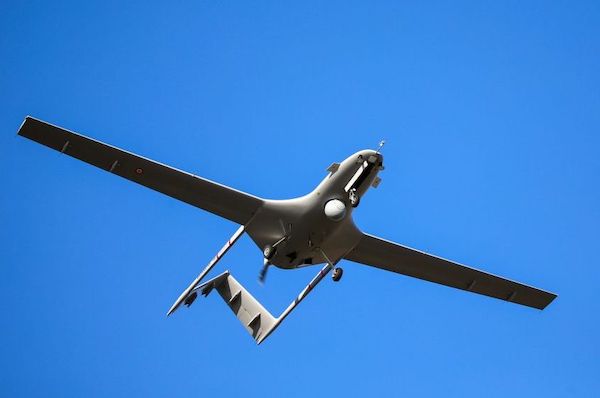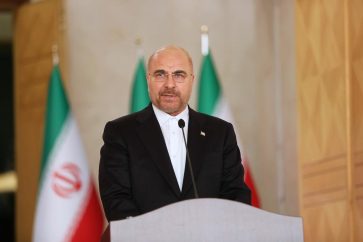Taking down Russia’s newly-deployed Geran-2 drones has proven to be quite the challenge for the Ukrainian armed forces, who have been chasing down the slow aircraft like a mirage.
The New York Times reported that Ukrainian fighter jet pilots have been trying to track down the drones and shoot them down with missiles to no avail, despite many individuals closely coordinating together and acting as a group 24/7 in a bid to shoot down the aircraft.
“The last few weeks were very busy, very exhausting for us,” one pilot told the US media outlet, noting the difficulty accompanying the process of shooting down the aircraft.
Reportedly, Russia is chiefly using the Shahed-136/Geran-2 type kamikaze drone against Ukraine, with many reports surfacing about the matter in recent days.
The Russian armed forces have been conducting a vicious campaign over the past few weeks, which has seen Moscow shelling Ukraine and carrying out drone strikes, causing air raid sirens to blare throughout the country, and leading to a highly tense atmosphere.
Ukrainian President Volodymyr Zelensky went as far as claiming that Russia was deploying almost 2,500 attack drones purchased from Iran.
Since Russia began deploying these drones, the Ukrainian armed forces have been forced to change their strategies, focusing heavily on the anti-drone side of things.
Ukraine is mainly focusing on using fighter jets to patrol the skies around the clock and surface-to-air missiles and soldiers with machine guns to try and shoot down the drones.
Finding the drones, even using radars, has proven to be a difficult and strenuous quest. Due to how small the UAVs are, they are very often confused for birds by the radar systems, with pilots going to a certain destination pinpointed by ground controllers without finding what they were looking for, according to the NYT citing a Ukrainian fighter jet pilot.
Drones are proving to be of utmost importance in modern warfare, with the Commander of the United Kingdom’s Warfighting Division, Major General James Martin, saying the West no longer “assume[s] we have control of air space anymore […] We don’t assume we have air superiority or supremacy as we have done” in West Asia.
He underlined that drones becoming a big thing in aerial combat means that the West can no longer count on having air superiority in war.
The West no longer has the airspace of battlefields in a chokehold, as Martin told British news outlet The Telegraph that the widespread access to cheap UAVs, which are also readily available and relatively easy to use, nearly “democratized” the air and the usage of aerial surveillance and reconnaissance.
The fear the drones are inflicting on the Ukrainians has pushed Kiev to further seek air defense systems from its Western allies.
A Ukrainian fighter jet crashed in the Vinnytsia region of Ukraine earlier in the month, Kiev’s State Bureau of Investigation (SBI) said. The fighter jet in question is a MiG-29K sent out to intercept Shahed-136 loitering munition UAVs.
The SBI claimed that after the MiG-29K succeeded in destroying five “Shahed-136s”, the jet collided with debris from a destroyed drone, which caused massive damage to it to the point where it crashed near a village in northeast Vinnytsia.
Fighter jets are not as effective as Ukraine was hoping, with a Ukrainian Air Force spokesperson underlining that the approach was very costly due to the need for air-to-air missiles. “It’s frustrating that we must hit these drones with expensive missiles,” he said. “What else can we do? This is the reality now.”
The usage of drones has prompted Ukraine’s allies to come together in various ways to try and help Kiev, with Turkey and the United States sending in drones and the Israeli occupation providing Kiev with intelligence on the Iranian drones being used in Ukraine.
“Tel Aviv’s” help for Ukraine is not in a bid to aid an ally, but it is due to “Israel’s” growing concern about Tehran bolstering its status as an arms manufacturer on a global scale, as well as the fact that Iran is growing to be a lot bigger than its own sphere of influence within West Asia, extending to Europe, namely Russia.
Source: Agencies (edited by Al-Manar English Website)




